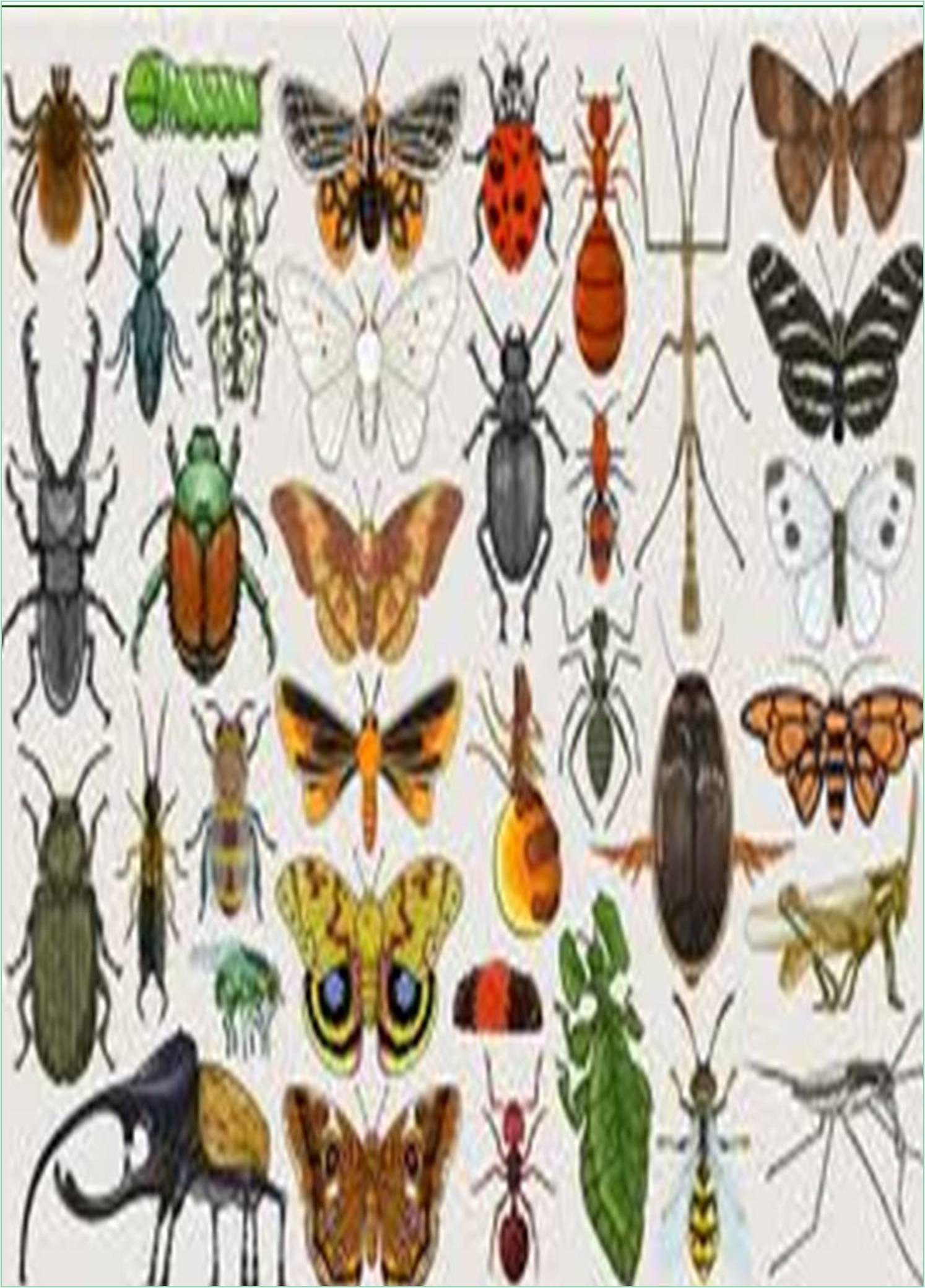



Received: 01-Jul-2022, Manuscript No. IJER-22-73222; Editor assigned: 04-Jul-2022, Pre QC No. IJER-22-73222 (PQ); Reviewed: 18-Jul-2022, QC No. IJER-22-73222; Revised: 25-Jul-2022, Manuscript No. IJER-22-73222 (R); Published: 01-Aug-2022, DOI: 10.15651/IJER.22.9.007
Cotton (Gossypium hirsutum L), often known as "white gold" is an important non-food economic fibre and cash crop in Pakistan. It has a critical role since it provides 7.1% of agricultural value added and approximately 1.5% of GDP, putting Pakistan in fourth place in the world. Cotton output and quality in Pakistan have been diminished due to the onslaught of 145 species of insect pests, which also cause a number of illnesses (Burgert, 2013). Cotton is hampered by insect pests that chew and sucking. Sucking insect pests diminish plant vigour by sucking sap from cotton leaves and other delicate areas. Dropping and withering of leaves occur as a result of severe injury. Bemisia tabaci (Genn), Aphis gossypii (Glover), Thrips tabaci (Lind), and Amrasca bigutella (Dist) are sucking insect pests that cause considerable yield loss and 40%- 50% crop damage (Cai, 2015). Due to its quick effect, farmers mostly rely on chemical pesticides to combat sucking insects. The widespread use of pesticides may result in health risks, insect resistance and the reappearance of secondary pests, environmental contamination, and disruption of natural equilibrium. As a result, alternative ways for controlling sucking insect pests must be adopted. Host plant resistance is vital in making IPM pest management techniques compatible. It provides effective insect pest management that is both environmentally and economically safe. Recent advancements, such as the usage of BT cotton cultivars, have increased cotton resistance levels and become a key tool for Integrated Pest Management (IPM) programmes. BT has the ability to colonise and destroy a wide range of insect pests. Plant features such as the number of gossypol glands, hair density, hair length, plant height, and leaf lamina thickness all play a significant role in the sustainable pest control of cotton crops through positive and negative interactions (Chebli, 2012).
Co-Relation between Sucking Insect Pests Population and Physico-Morphic Plant
In terms of the association of whitefly adults with plant morphological parameters, it had a negative relationship with gossypol glands on leaf lamina, midrib, and vein, and a hair density on the leaf lamina and vein, and hair length on the leaf midrib. As far as correlation of whitefly nymph with plant morphological factors is concerned, it showed a positive response with gossypol glands on leaf lamina and vein, hair density on midrib and vein, and length of hair on midrib while it had a negative correlation with gossypol glands on leaf midrib, hair density on leaf lamina, length of hair on leaf lamina and vein, and plant height. Using gossypol glands on the leaf lamina and vein, hair length on the leaf lamina, midrib, and vein, however it revealed negative results reaction with hair density on leaf lamina, leaf lamina thickness, and plant height with all other plant characteristics remaining, it had a no significant response (Clough, 1998). In terms of jassid nymph association with plant morphological characteristics, it associated positively with gossypol glands on leaf lamina and vein, length of hair on leaf lamina, midrib, and vein, and negatively with hair density on leaf lamina and midrib, thickness of leaf lamina, and plant height. In terms of thrips adult correlation with plant morphological factors, it showed a negative correlation with gossypol glands on leaf midrib and vein, length of hair on leaf lamina and vein, but a positive correlation with hair density on leaf midrib, length of hair on leaf midrib, and thickness of leaf midrib plant height and lamina (Cosgrove, 2005).
Burgert I, Keplinger T (2013). Plant micro- and nano mechanics: Experimental techniques for plant cell-wall analysis. J Exp Bot. 64(15): 4635-4649. [Crossref] [Google Scholar]
Cai G, Parrotta L, Cresti M (2015). Organelle trafficking, the cytoskeleton, and pollen tube growth. J Integr Plant Biol. 57(1): 63-78. [Crossref] [Google Scholar]
Chebli, Y, Kaneda M, Zerzour, R (2012). The cell wall of the Arabidopsis pollen tube spatial distribution, recycling, and network formation of polysaccharides. Plant Physiol.160(4): 1940-1955. [Crossref] [Google Scholar]
Clough SJ, Bent AF(1998). Floral dip: A simplified method for Agrobacterium-mediated transformation of Arabidopsis thaliana. The Plant J. 16(6): 735-743. [Crossref] [Google Scholar]
Cosgrove, DJ (2005).Growth of the plant cell wall.Nat Rev Mol Cell Biol. 6(11): 850-861. [Crossref] [Google Scholar]